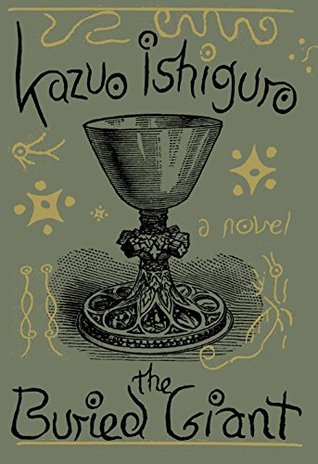ONE DAY LAST FALL we were paddling across a small lake in northern Michigan when my vocabulary failed me. It was a bright October afternoon and the woods were in full display. To say they were “ablaze” with a “riot” of colors would be inadequate. Pathetic, really. I plucked a brown leaf from the water and asked Gail what color she saw. “Burnt sienna,” she said. For a moment I was perplexed. Then I remembered the Crayolas of childhood. And something about red earth in Italy. How much of the world can pass through an oak leaf? All of it, of course.
I’m lucky that so many of my family and friends are artists. I can sometimes see the world through their eyes, and it’s a colorful world indeed. My own view might be drab as burlap, but they see fantastic Day-Glo colors swirling in texture and shadow. Whenever they talk about what they see I try not to miss a word.
Over dinner not long ago the conversation turned to the color palette of a place. It was a new idea for me: That every place on earth has a visual fingerprint derived from the colors of its unique vegetation, soil, buildings, rivers, lakes, sky—even the “gray and buff” of its underlying bedrock. One friend said she color-chipped the dominant trees in her yard to determine the colors she wanted for her outdoor furniture. Another insisted Lake Michigan reflecting off pines paints Glen Arbor a shade of blue found no place else. That led somehow to a discussion of the rhythms of the seasons and how we’re hardwired to be aware of them. Which led to the recent discovery by scientists that a kind of tuning fork vibrates at the core of every atom in the universe— and that it vibrates at the same frequency as the bass string of a violin. A musician friend was a little smug about this evidence that he plays the music of the spheres.
Gail and I pulled our canoe up on shore and walked around the lake. When we reached the far side we looked back and admired the colors of the woods and water. It was a riot of colors. There’s no better word for it.
Years ago, on Isle Royale, a young man chastised me for bringing a red canoe into the wilderness area. It was summer, and everything else was green or blue. “I could see your canoe all the way across the lake,” he said. “It’s an eyesore. It’s color pollution.”
But in October our boat could offend no one. I can see it still: a splash of scarlet in a brilliant world, with violins playing in the background. That day our beautiful canoe fit right in. And, for once, so did we.
[Originally published in Michigan Blue Magazine, autumn 2014]








5 Replies